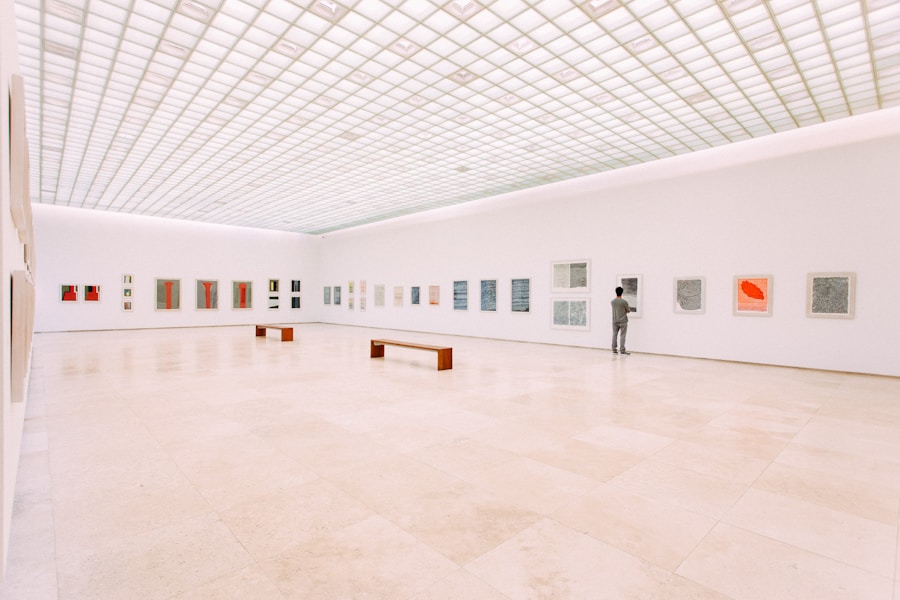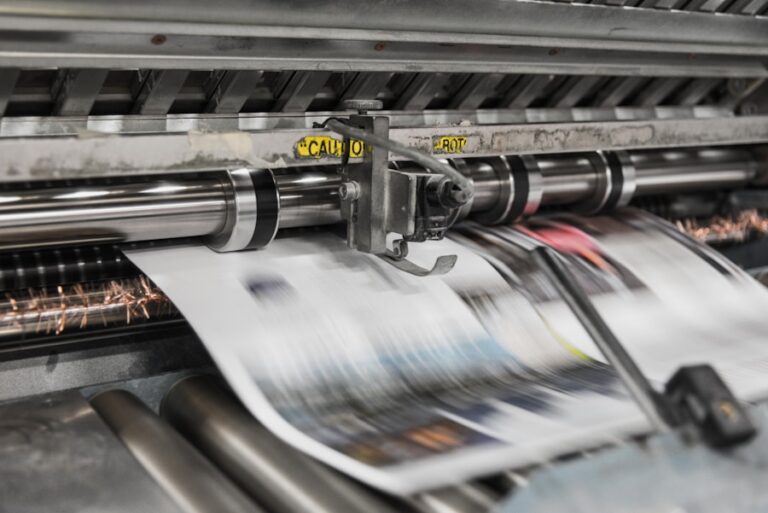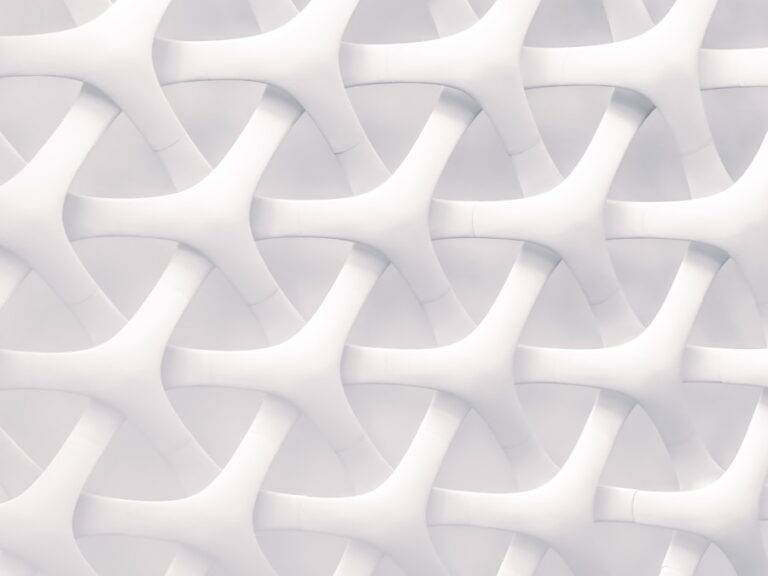From Concept to Creation: How to Design and Publish Your Own Digital Art Book
A digital art book is a collection of artwork that is presented in a digital format, typically in the form of an e-book or a digital publication. It allows artists to showcase their work in a visually appealing and interactive way, making it accessible to a wider audience. Digital art books can include a variety of artwork, such as illustrations, paintings, photography, and digital designs. They can also incorporate multimedia elements, such as videos, audio clips, and interactive features, to enhance the viewer’s experience. Digital art books provide a convenient and cost-effective way for artists to share their work with others, as they can be easily distributed and accessed online. They also offer a more environmentally friendly alternative to traditional printed art books, as they eliminate the need for paper and ink.
Creating a digital art book requires careful planning and consideration of the content, layout, and design. Artists must also choose the right digital tools and software to bring their vision to life. Once the digital art book is complete, it can be published and distributed online, allowing artists to reach a global audience. Marketing and promoting the digital art book is essential for attracting attention and generating sales. Engaging with the audience and receiving feedback on the digital art book can help artists improve their work and connect with their fans. Overall, a digital art book offers artists a unique and innovative way to showcase their talent and creativity in the digital age.
Planning and organizing your digital art book
Before creating a digital art book, it is important to carefully plan and organize the content. This includes selecting the artwork to be included, determining the layout and structure of the book, and establishing a timeline for completion. Artists should consider the theme or concept of the digital art book and how they want to present their work to the audience. They should also decide on the format of the digital art book, whether it will be an e-book, a PDF publication, or an interactive multimedia experience. Organizing the content in a logical and cohesive manner will help ensure that the digital art book is engaging and easy to navigate for the audience.
Once the content is organized, artists can begin to create a storyboard or outline for the digital art book. This will help them visualize how the artwork will be presented and how the overall design will flow from one page to the next. Artists should also consider any multimedia elements they want to incorporate, such as videos or interactive features, and how these will be integrated into the digital art book. Planning and organizing the digital art book in advance will make the creation process more efficient and help artists stay focused on their vision for the project.
Choosing the right digital tools and software for creating your art book
When creating a digital art book, it is important to choose the right digital tools and software to bring your vision to life. There are many different options available for creating digital art books, ranging from basic design software to more advanced multimedia platforms. Artists should consider their specific needs and goals for the digital art book when selecting the appropriate tools and software. For example, if they want to include interactive features or multimedia elements, they may need software that supports these capabilities. Artists should also consider their level of experience with digital tools and software, as well as their budget for purchasing any necessary programs.
Some popular digital tools and software for creating art books include Adobe InDesign, Canva, Blurb, and BookWright. These programs offer a range of features for designing layouts, adding text and images, and creating interactive elements. Artists can also use photo editing software, such as Adobe Photoshop or GIMP, to enhance their artwork before incorporating it into the digital art book. When choosing digital tools and software, artists should also consider compatibility with different devices and platforms, as well as any technical support or resources available for learning how to use the programs effectively. By selecting the right digital tools and software, artists can create a professional and visually stunning digital art book that showcases their talent and creativity.
Designing the layout and aesthetics of your digital art book
The layout and aesthetics of a digital art book play a crucial role in capturing the audience’s attention and creating an engaging viewing experience. Artists should carefully consider how they want to present their artwork within the digital format, including the placement of images, text, and multimedia elements. The layout should be visually appealing and easy to navigate, with a clear flow from one page to the next. Artists can experiment with different design elements, such as color schemes, typography, and graphic elements, to create a unique and cohesive look for their digital art book.
When designing the layout of a digital art book, artists should also consider how the artwork will be displayed on different devices and screen sizes. This may require adjusting the layout and formatting to ensure that the artwork is presented effectively across various platforms. Artists should also pay attention to the aesthetics of the digital art book, including the overall visual style and mood they want to convey. This may involve incorporating design elements that reflect the theme or concept of the artwork, as well as creating a cohesive look that ties the entire digital art book together.
Publishing and distributing your digital art book online
Once the digital art book is complete, artists can publish and distribute it online to reach a global audience. There are several options for publishing a digital art book, including self-publishing through platforms such as Amazon Kindle Direct Publishing or Apple Books, or working with a publishing company or distributor. Artists should carefully consider their goals for publishing and distribution, as well as any budget or resources available for marketing and promoting the digital art book.
When publishing a digital art book online, artists should also consider how they want to distribute it to their audience. This may involve making it available for purchase through online retailers or offering it as a free download on their website or social media channels. Artists should also consider any copyright or licensing agreements for their artwork, as well as any legal considerations for publishing and distributing their work online. By carefully planning the publishing and distribution process, artists can ensure that their digital art book reaches its intended audience and generates interest from potential readers.
Marketing and promoting your digital art book
Marketing and promoting a digital art book is essential for attracting attention and generating sales. Artists should consider various strategies for promoting their work online, including social media marketing, email campaigns, influencer partnerships, and online advertising. They should also create promotional materials, such as teaser videos or sample chapters, to give potential readers a taste of what they can expect from the digital art book.
Engaging with your audience and receiving feedback on your digital art book
Engaging with the audience is an important part of promoting a digital art book and building a community around your work. Artists can interact with their audience through social media channels, email newsletters, live events, or online forums. They can also encourage readers to leave reviews or comments on their digital art book, which can provide valuable feedback for improving future projects. By engaging with their audience, artists can build a loyal fan base and create meaningful connections with those who appreciate their work.
Receiving feedback on a digital art book is essential for artists to improve their work and understand how it is being received by their audience. Artists should actively seek out feedback from readers through surveys, reviews, or direct communication. They should also be open to constructive criticism and use it as an opportunity to grow as an artist. By listening to feedback from their audience, artists can gain valuable insights into what resonates with readers and how they can continue to create meaningful and impactful artwork in the future.
In conclusion, creating a digital art book is an exciting opportunity for artists to showcase their talent and creativity in an innovative format that reaches a global audience. By carefully planning and organizing the content, choosing the right digital tools and software, designing an engaging layout and aesthetics, publishing and distributing the digital art book online, marketing and promoting it effectively, engaging with their audience, and receiving feedback on their work, artists can create a successful digital art book that resonates with readers around the world. With careful consideration of each step in the process, artists can bring their vision to life in a way that captivates and inspires others through their unique artistic expression.







